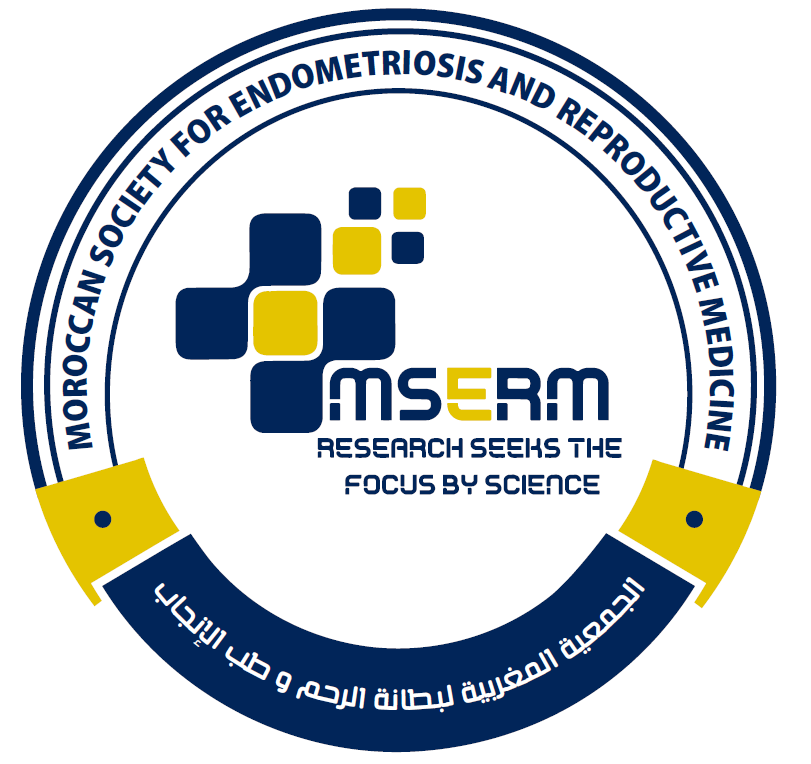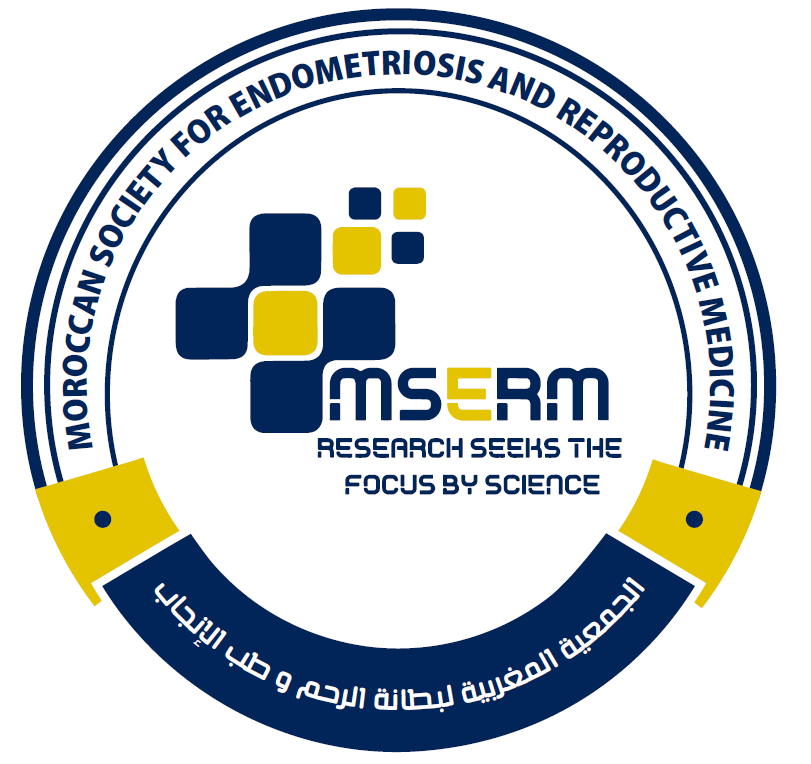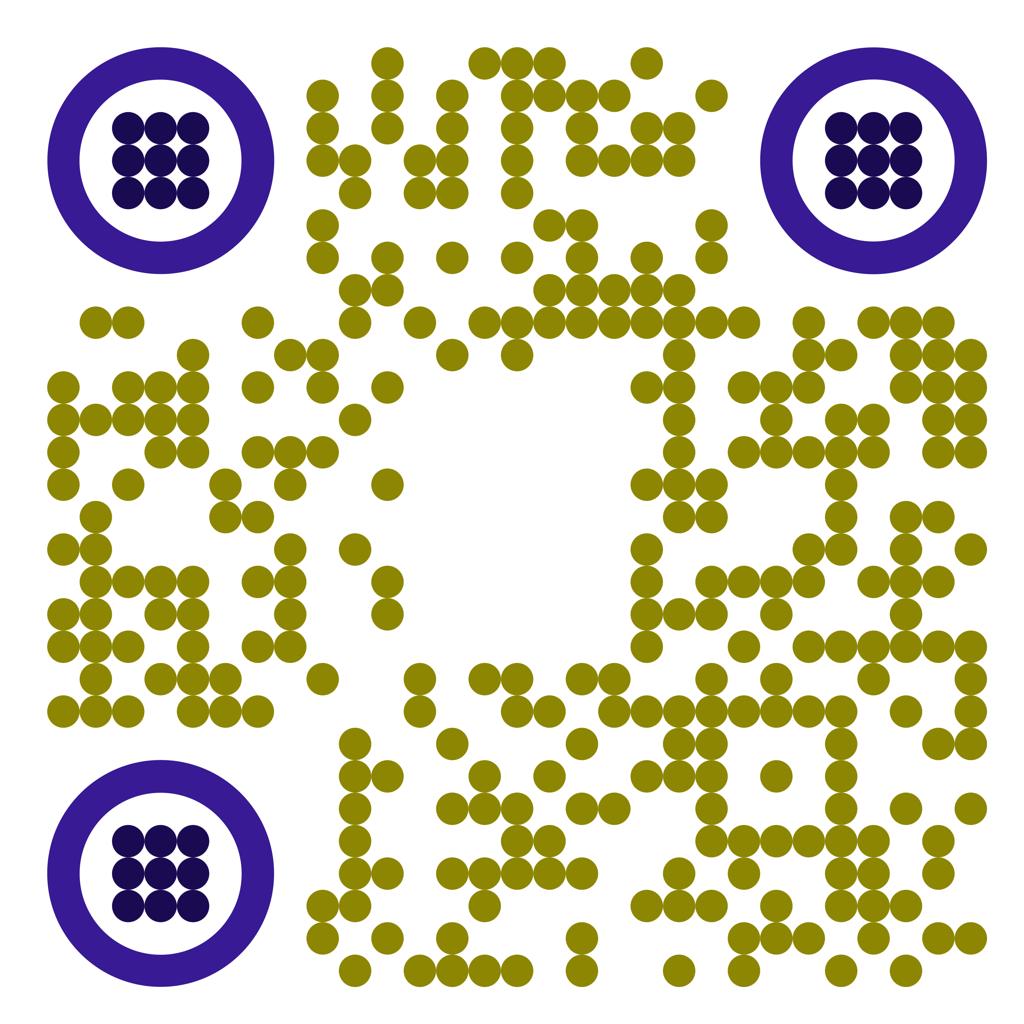Information for exam applicants
Applications for the 2022 certification exam.
The exam will take place online on Saturday 27 November 2022. Accepted applicants will receive further instructions via the platform.
If you have any questions, please contact us by e-mail.
Curriculum Applicants will be expected to have a good knowledge of the following aspects of clinical embryology:
1. Basic Cell Biology
1.1 The cell
– Internal organisation
– Cell cycle control, checkpoints
– Mitosis and meiosis
– Reproductive cells: spermatozoa and oocytes
1.2 Cell-cell interaction
– Membrane receptors: function, type, regulation
– Signalling
– Junctions
1.3 Basic genetics of the cell
– DNA chromatin and chromosomes-ü Concept of a gene
– Mutations
– Epigenetics
1.4 Basic gene regulation
– Translation
– Transcription
– Expression
– Imprinting
2. Genetics
2.1 Basic genetics principles
– Genotype and phenotype
– Basic Mendelian inheritance patterns
– Monogenic diseases
– Mutations, copy number variation (CNV), de novo mutations
– Chromosomal abnormalities: numerical, structural
– Interpretation of an inheritance / family tree / pedigreeem
2.2 Genetic analysis and diagnosis
– How and why is it performed
– Diagnostic methods: cytogenetics (e.g. karyotyping, FISH), molecular genetics (e.g. PCR, array CGH, NGS)
3. Developmental Biology
3.1 Embryonic stem cells
– Origins, definitions, characteristics
3.2 The fetal ovary
– Factors regulating development
– Primordial germ cells
– Cell migration
– Time scale (days / week)
3.3 The fetal testis
– Factors regulating development
– Primordial germ cells
– Cell migration
– Time scale (days / week)
3.4 Gamete interaction – until 1st cleavage
– Fertilisation
– Acrosome reaction
– Sperm- oocyte signaling
– Sperm decondensation
– Oocyte activation
– Meiosis II, pronuclei and spindle formation
3.5 Embryo development – from first cleavage to implantation
– Metabolism, cell positions, embryonic axis
– Kinetics, timing, regulation
– Apoptosis
3.6 Implantation
– Hatching, adhesion, invasion, endometrium
3.7 Post-implantation embryology
– Gastrulation
– Organogenesis
– Sex differentiation
3.8 Early pregnancy
– hCG production, biochemical and ongoing pregnancy
– Implantation, ultrasound (sacs, heartbeat)
– Extra uterine pregnancies
– Spontaneous abortions
– Embryo factors vs. uterine factors in implantation/implantation failure
4. Female Reproduction
4.1 Anatomy and function of the female reproductive system
– Role of accessory systems
– Function of the organs
4.2 Oogenesis
– Regulating factors
– Hypothalamus, pituitary, gonad axis
– Endocrine regulation
– Theca & granulosa cells
– Maturation biochemistry and metabolism of the oocyte
– Oocyte morphology/structure
– Function of each structure
4.3 The oocyte: markers of competence
– Nuclear maturity
– Cytoplasm
– Polar bodies
– Zona pellucida
– Cumulus cells
4.4 Clinical workout
– Evaluation of (in)fertility: aetiology, medical/physical aspects, genetic diagnosis, hormonal evaluation, treatment options, etc.
– Definitions, primary infertility, secondary infertility
– Serological screening for patients and/or donors
– Effects of treatment
– Oocyte donation
4.5 Ovarian hyperstimulation
– Basic principles
– Types of medication
– Stimulation regimes (types, rationales)
– Complications of treatment
5. Male Reproduction
– 5.1 Anatomy and function of the male reproductive system
– Role of accessory systems
– Function of the organs
5.2 Spermatogenesis
– Regulating factors
– Hypothalamus, pituitary, gonad axis
– Endocrine regulation
– Leydig & Sertoli cells
– Differentiation and maturation
– Biochemistry and metabolism of the sperm cell
– Sperm morphology/structure
– Function of each structure
5.3 Diagnosis of male infertility
– Semen analysis (functional analysis, microscopic analysis)
– WHO & MSERM guidelines
– CASA systems
5.4 Clinical workout
– Evaluation of (in)fertility: aetiology, medical aspects, genetic diagnosis, hormonal evaluation, physical aspects, treatment options, etc.
– Definitions, primary/secondary infertility
– Serological screening for patients and/or donors
– Sperm donation
6. ART Laboratory Procedures
– 6.1 Strategies for choosing fertilization procedures
– IUI, IVF or ICSI, criteria
– IVM
– PESA, TESA, TESE
– Donor sperm in relation to serological tests (different handling and storage)
6.2 The sperm sample: preparation methods
– Gradient centrifugation, swim-up, swim-out, etc
– Advanced diagnostic tests (evaluation of DNA damage, chromatin condensation, etc)
– When to use what, why, differences
6.3 ART techniques
– Practicalities for IUI, IVF and ICSI (timing, preparation procedures, materials, etc)
– Pick-up, oocyte handling
– IVF insemination
– Denudation prior to ICSI
– ICSI procedure
6.4 Embryo scoring, Day 1 – 6
– PN scoring
– Morphology criteria
– Kinetics, genetics, physiology (e.g. amino acids, oxygen metabolism)
– Time-lapse
– Destination of embryos: selection criteria for transfer, cryopreservation, biopsy, etc
6.5 Embryo transfer
– Identity check
– Selection and criteria for number of embryos to be transferred
– Catheter loading and transfer procedure
– Assisted hatching: pros-cons, evidence
6.6 PGT
– Timing of biopsy
– Tubing techniques
– Zona opening (pros and cons)
– Different biopsy types, number of cells to evaluate
– Techniques used for evaluation of the cells biopsied
– Results and recommendations upon transferring embryos after PGT
6.7 Culture conditions
– Media
– Type of culture systems
– Requirements for consumables
– Physiochemical parameters (temperature, pH, osmolality)
– Stage specific requirements
6.8 Non-routine methods:
– Examples of non-routine methods, e.g. in vitro maturation, polar body evaluation, assisted hatching, etc
7. Cryopreservation
7.1 Principles of cryopreservation
– Basic cryobiology
– Cryoprotectants, additives
– Slow freezing
– Vitrification
– Advantages/disadvantages with different methods
– Fertility preservation in oncology cases
7.2 Cryopreservation of sperm
– Theory and practice
7.3 Cryopreservation of oocytes
– Theory and practice
7.4 Cryopreservation of embryos
– Theory and practice
7.5 Cryopreservation of ovarian tissue
– Theory and practice
7.6 Cryopreservation of testicular tissue
– Theory and practice
7.7 Equipment
– Machines
– Straws/ampoules
– Contamination risk from storage medium
– Minimal safety requirements
– Security
7.8 The cryopreservation-thawed/warmed embryo treatment cycle
– Monitoring and timing of the thawing/warming cycle
– Controlled and natural cycles
8. Laboratory and Quality Management
8.1 Patient data
– Identity check
– Confidentiality
– Keeping records
– Safety, storage of data
– Single European Code
8.2 Type and treatment choices
– Surgical
– Hormone stimulation
– Insemination IVF / ICSI
– Use of fresh or frozen gametes
– Gamete and embryo donation
8.3 Treatment outcome
– The health of the children
– Risk factors
– Maternal factors
– Paternal factors
– Multiple pregnancies
– Chromosomal factors
– Malformations
– Imprinting
8.4 Quality assurance
– Identification procedures
– Laboratory and clinical KPIs
– Standard operating procedures
– Traceability of samples/material
– Validation procedures
– Risk analysis
– Logbooks
– Introducing new methods
8.5 Equipment and facilities
– Calibrations
– Validation, monitoring, logbooks, maintenance and control
– Microscopes
– Principals of optical system, calibrations, maintenance and control
– Technical requirements in a ART lab facility
8.6 Statistical analysis
– Sample size evaluation
– Study design
– Statistical variance
– Interpretation of results
8.7 Legislation
– MSERM guidelines
– Ethical considerations
8.8 Reducing risks/ dealing adverse events/ troubleshooting
– Contaminated samples
– Processing and storage of contaminated samples with contagious agents
– Personal protective equipment (PPE)
– Hygiene and disinfectants used at ART lab
– Protective measures (alarm, sensors, etc)
– Actions upon injury
– Risk of mix-up of gametes, loss or damage during handling
– Transfer of wrong embryos
– Breakdown of equipment, back-up strategies
Example of how to fill in the logbook(s):
Minimum number of cases for application as Clinical Embryologist or Senior Clinical Embryologist:
Procedures
All applicants must guarantee that they truly fulfil the required criteria for the “Clinical” (basic level) or “Senior Clinical” (advanced level) Embryologist certification as stated below:
Please note that in order to be accepted for the exam, ALL requirements need to be fulfilled.
The exam
4.1 The exam will be in English.
4.2 During the exam, the participant must behave according to currently stated rules (including rules of silence, no communication with other participants, etc). If fraud/inappropriate behaviour is detected during the exam, the participant will be forced to terminate the exam and leave the (virtual) exam room. In such cases, the exam will be considered invalid. In case the infraction is discovered afterwards, the certificate can be revoked. All detected cases of fraud/inappropriate behaviour discovered during or after the exam will result in exclusion from future MSERM activities.
4.3 Participants will have to accept the “online home exam policy” before starting the exam.
4.4 The exam results will be released to the participant. A score of at least 60% is required to pass the exam. The resulting outcome is not negotiable.
4.5 Exam questions represent MSERM’s intellectual property. Due to the risk of abuse, participants will not be able to see the exam afterwards or have access to the correct answers.
4.6 Applicants will be allowed only three consecutive attempts at sitting the exam. If an applicant is accepted to sit the exam, but does not attend the exam and has not informed MSERM about the non-attendance before the exam has started, this will be counted as one of the attempts.
4.7 Participants will not be allowed to switch to another exam level on the day of the exam.
4.8 In exceptional cases, complaints will be evaluated by the Embryology Certification Steering Committee, and if necessary, the MSERM Executive Committee. The decision of the Executive Committee is final.
4.9 If fraud or cheating is suspected MSERM will discuss the possible consequences with its legal advisors
Exam Registration Section:
Click here to open the registration form.
The Clinical Embryology Certification Committee does not organize or endorse any preparatory course for the MSERM Clinical Embryology exam.








